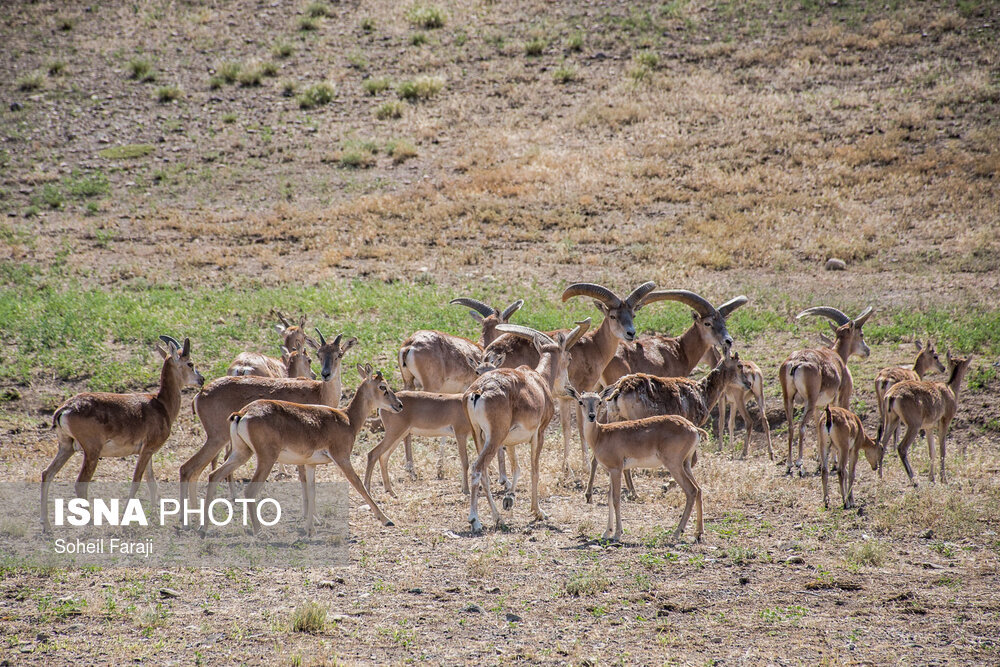Wild sheep breeding site set up in northwestern Iran

TEHRAN – A 10-hectare site has been launched in Maku Free Zone located in northwestern province of West Azarbaijan for breeding Armenian mouflon (the mountain sheep), ISNA reported on Sunday.
The wild sheep breeding site aims to flourish tourism in the area, in addition to producing meat and establishing a hunting tourism center so that nature and hunting enthusiasts can experience a legal hunt.
Hunting tourism is one of the most lucrative types of tourism in the world, with every hunter bringing a revenue of $10,000 to the country.
However, it results in preserving habitats, protected areas, and improving the livelihoods of rangers and even conserving the endangered species.
The Armenian mouflon (Ovis orientalis gmelini) is an endangered subspecies of mouflon endemic to Iran, Armenia, and Nakhchivan (Azerbaijan).
O. o. gmelini is found in northwestern Iran, although were transferred to Kabudan (Kaboodan) Island in Lake Urmia in 1895 and 1906.
A study carried out in the 1970s on the island found that their number declined from around 3,500 in 1970 to 1,000 in 1973.
The Iranian red sheep lives mostly in open rough terrain at medium or high altitudes, where they inhabit rocky hill country, lowland and highland steppes, rocky semideserts, grass-covered slopes, and alpine meadows.
They spend the summer at the highest elevations, right below the permanent snow. In winter, they move lower and may come into the valleys. They may live up to 18 years.
In Iran, hunting of the specie is allowed only under permit, outside the protected areas, between September and February. Within the protected areas, grazing of domestic livestock is strictly controlled.
FB/MG
